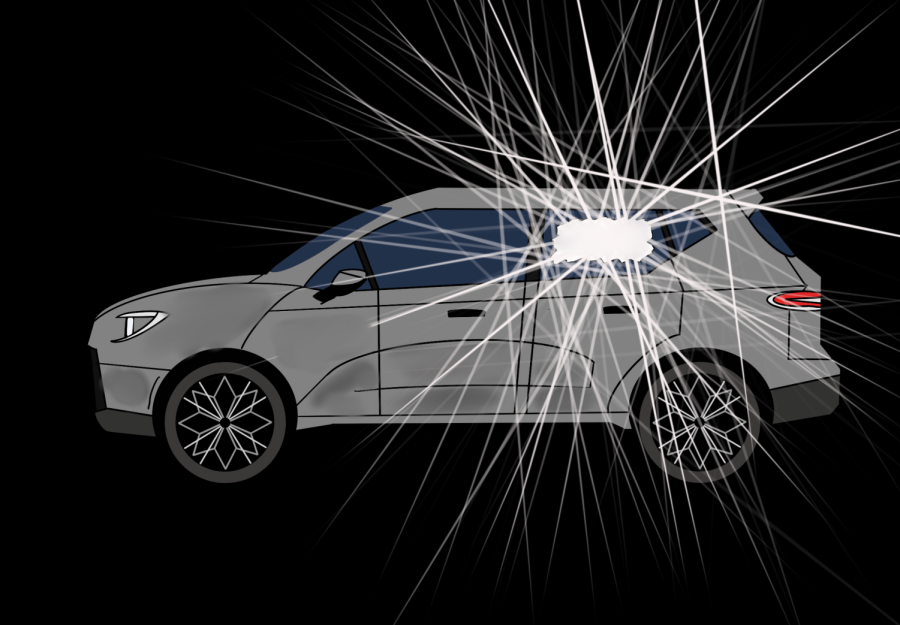SF auto theft is not what you think
To San Francisco residents, frequently walking past shattered glass on the sidewalk or a smashed car window can feel like an everyday occurrence. Car break-ins have grown to be a staple of the city. San Francisco’s incident report database is a compilation of San Francisco police reports — the database shows an average of over 1,800 car break-ins each month in 2022.
In July, San Francisco held a controversial election and recalled former District Attorney Chesa Boudin on the basis of his outlook towards crime. Boudin’s replacement, Brooke Jenkins, promised to be tougher on crime in contrast to Boudin’s more reform oriented approach.
The San Francisco Police Department (SFPD), which is tasked with enforcing policies issued by the DA, currently has a budget of just over 700 million dollars, in addition to Mayor London Breed’s various multimillion dollar initiatives to ‘clean up’ the streets of San Francisco. As of 2022, the SFPD has the third highest budget in the country according to the Vera Institute of Justice. However, even with the plethora of resources, and a supposedly more proactive DA assuming office in July, auto break-in rates have not dropped post-recall.
Nevertheless, Jenkins remains firm that she wants to clean up the city. “You can’t leave Santa Clara or Oakland or San Mateo and come to San Francisco and get away with crime,” Jenkins said in an interview with KPIX5. “I think it’s going to take some patience, of course, but I think already the tone is much different. The other thing is really partnering with SFPD to make sure that we are jointly working very hard to address the more problematic areas in the city.”
In terms of prosecution, most auto break-ins fall under larceny theft, which can be divided into three subcategories. California penal code §487 states that grand theft constitutes a value of over $950 being taken without the owner’s consent is a felony and may result in a term of up to three years in state prison, a fine of up to $5,000 or both. Penal code § 490.2 is considered petty theft for all cases under a $950 value and is to be charged as an infraction or a misdemeanor, depending on the case.
Lindsey Bailey ‘24 and Pilar Rivas ‘25, on separate occasions, both came back to shattered windows while attending a basketball game and a concert respectively. This resulted in their school backpacks being taken and their windows smashed. However Bailey’s family and Rivas’ friend determined that the monetary value of the stolen goods were too little to go to the police. The possibility of unreported larceny theft is an indication that this may be happening a lot more than the Incident Report Database says.
Since a hard-on-crime mentality from the SFDA office has yielded similar results to Boudin’s ideals of a reformation based incarceration system, perhaps a new approach is needed — but striking a balance to what is an ‘appropriate’ or ‘excessive’ punishment is anything but simple. “It’s hard to say [whether] this person really deserves to not see the outside world for a very long time just because they took something,” said Noah Rockman ‘25. “And I think that just generally [applies to] a lot of crime. It’s hard to say, this is exactly how much you should be punished for and what the punishment is. You are dealing with someone else’s life, and that’s not very simple.” ◼












